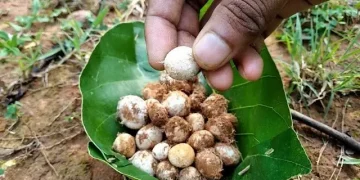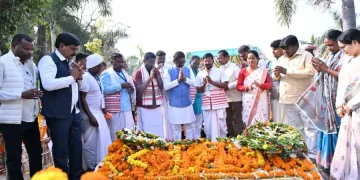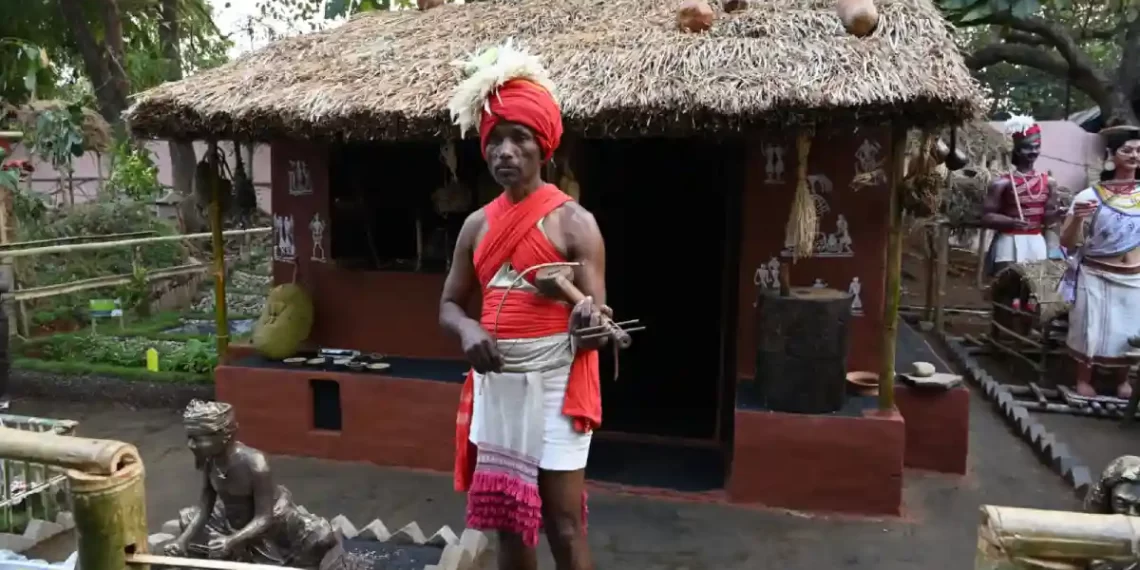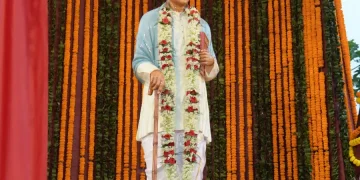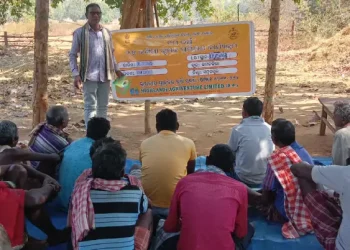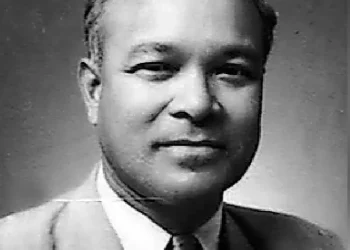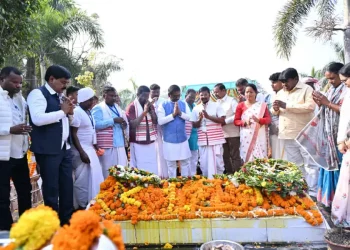New Delhi
Aiming to ensure saturation coverage and implementation of central schemes for improving the socio-economic conditions of tribal families in tribal-majority villages and aspirational districts, the Union Cabinet, chaired by Prime Minister Narendra Modi, on Wednesday approved the ambitious Pradhan Mantri Janjatiya Unnat Gram Abhiyan (PMJUGA) with a total outlay of Rs.79,156 crore.
PMJUGA will cover around 63,000 villages benefitting more than 5 crore tribal people as announced in the Budget Speech 2024-25. It will cover 549 districts and 2,740 blocks spread across all tribal majority villages across 30 States / UTs. While the Centre’s share will be Rs 56,333 crore, States will contribute Rs 22,823 crore.
“The PMJUGA envisions saturation of critical gaps in social infrastructure, health, education, livelihood, through different schemes of Government of India by convergence and outreach and ensure holistic and sustainable development of tribal areas and communities based on learnings and success of PMJANMAN (Pradhan Mantri Janjati Adivasi Nyaya Maha Abhiyan),” a release by the Centre stated.
Prime Minister Narendra Modi had launched the Rs 24,104-crore PM-JANMAN on Janjatiya Gaurav Diwas on November 15 last year. It aims to provide essential services like housing, clean water, sanitation, education, healthcare, and better road and telecom connectivity to PVTG families.
PMJUGA comprises of 25 interventions which will be implemented by 17-line ministries. Each Ministry/Department would be responsible for implementation of the scheme related to it in a time-bound manner through funds allocated to them under the Development Action Plan for Scheduled Tribes (DAPST) in the next 5 years to achieve the following goals:
Goal-I: Developing Enabling Infrastructure:
(i) Pucca house for eligible households with other entitlements: Eligible ST households to have access to pucca housing under the PMAY (Gramin) with availability of tapped water (Jal Jeevan Mission) and electricity supply (RDSS). Eligible ST households to also have access to Ayushman Bharat Card (PMJAY).
(ii) Improving village infrastructure: Ensuring all-weather road connectivity to ST majority villages (PMGSY), provide access to mobile connectivity (Bharat Net) and internet, infrastructure for improving health, nutrition, and education (NHM, Samagra Shiksha and Poshan).
Goal-2: Promotion of Economic Empowerment:
(i) Skill development entrepreneurship promotion and enhanced livelihood(self-employment) – Providing access to training (Skill India Mission/JSS) and ensuring that ST boys/girls get access to long-term skill courses after 10th/12th standard every year.
Goal-3: Universalization of Access to Good Education:
(i) Education – To increase GER to the national levels in school and higher education and to make quality education affordable and accessible to ST students (Samagra Shiksha Abhiyan) by setting up tribal hostels in schools at district/block level.
Goal-4: Healthy lives and Dignified Ageing:
(i) Health – To ensure enhanced access to quality health facilities to ST households, reach towards the national standards in IMR, MMR and coverage of immunisation through Mobile Medical Units in areas where sub centre is more than 10 km in plain areas and 5 kms in Hilly areas (National Health Mission).
The tribal villages covered would be mapped on PM Gati Shakti Portalwith the gaps identified by concerned department for its scheme specific requirements. The physical and financial progress will be monitored on the PM Gati Shakti platform and the best performing districts will be awarded.
Mission Targets For The 17 Ministries:
The Government said, based on the specific needs and requirement of tribal areas and after deliberation with the States and other stakeholders, the Abhiyan has conceived some innovative schemes to promote livelihood and generate income amongst tribals and forest dwelling communities.
Tribal Home Stay: To tap the tourist potential of tribal areas and to provide an alternate livelihood to the tribal community, 1000 Home stays will be promoted under Swadesh Darshan through Ministry of Tourism. In villages which have tourist potential, funding will be provided to the tribal Household and the village for construction of 5-10 Homestays in one village. Each household will be eligible for Rs. 5.00 lakh for the construction of two new rooms and upto Rs. 3.00 lakh for renovation of existing rooms and Rs 5 lakh for village community requirement.
Sustainable Livelihood Forest Right Holders (FRA): The Mission has special focus on 22 lakh FRA patta holders residing in forest areas. The interventions are aimed to expedite the process of recognizing and securing forest rights, empowering tribal communities to enable them for maintenance and conservation of forest and also providing them sustainable livelihood through support of government scheme.
Improving Infrastructure of Government Residential Schools and Hostels: The Abhiyan aims to Improve infrastructure of Ashram schools/hostels/Tribal schools /Govt residential schools for upgradation on the lines of PM-Shri Schools.
Advance Facilities for Diagnosis of Sickle Cell Disease: To provide affordable and accessible diagnostic and SCD management facilities with special emphasis on pre-natal diagnosis and to reduce the prevalence of the disease by preventing future births with SCD, Centre of Competence (CoC) would beset up in AIIMS and premier Institutes in the States where the Sickle disease is prevalent and where expertise of conducting these procedures is available.
Tribal Multipurpose Marketing Centre: For Effective marketing of tribal products and for improving marketing infrastructure, awareness, branding, packaging, and transportation facilities 100 TMMCs will be set up.

